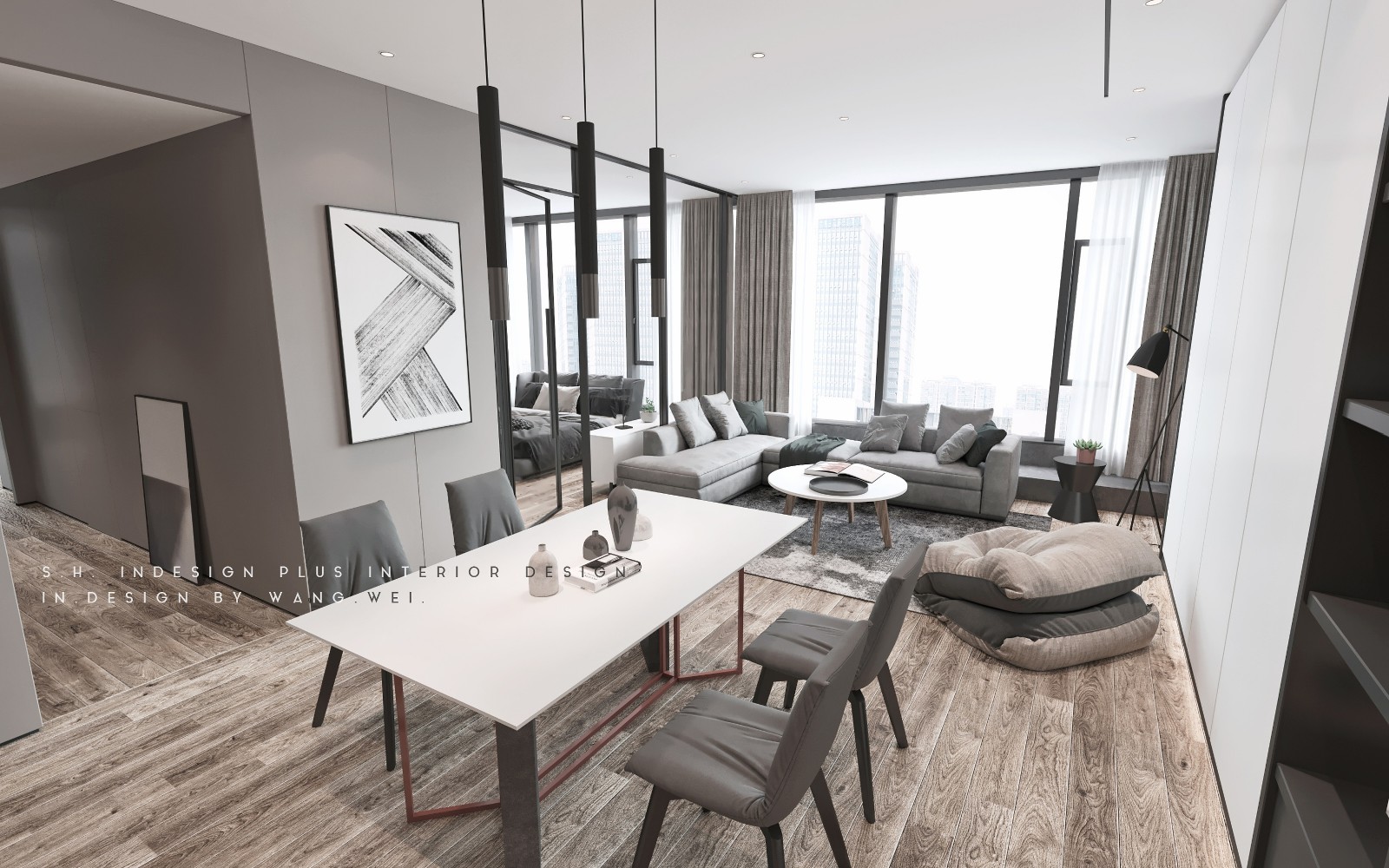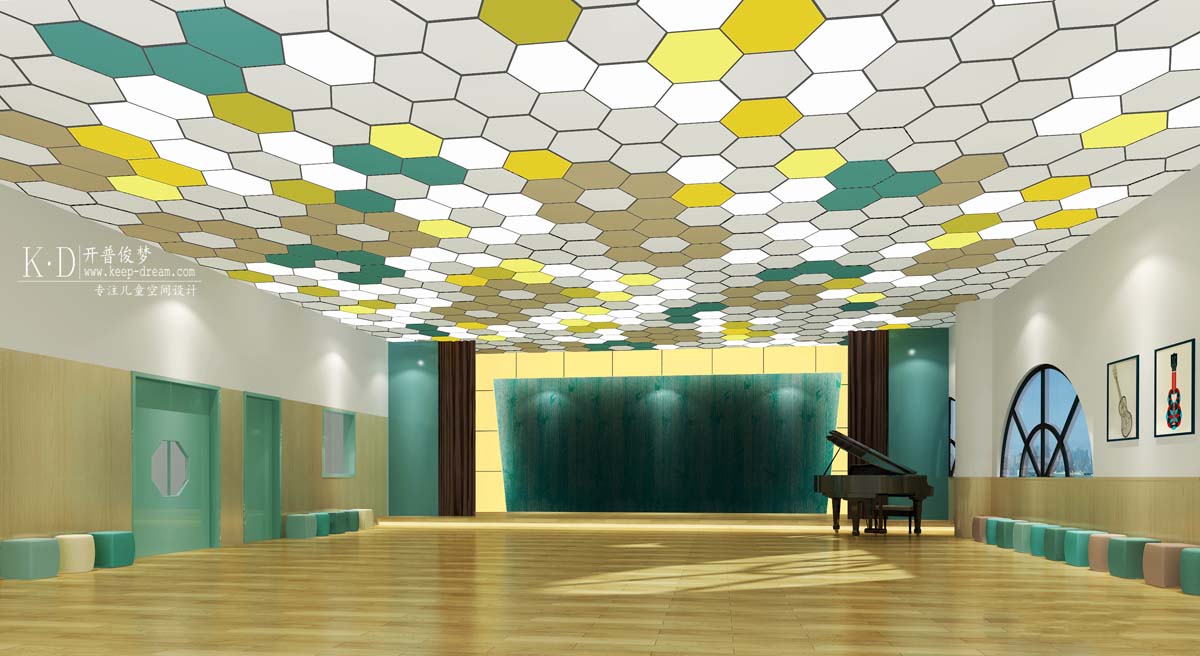Te Oro Archimedia
2016-09-05 17:00
贡献者格伦英尼斯社区,艺术家,音乐家和织工,鲁波塔卡马拉埃,玛娜,阿尔特集团,厄瓜多尔建筑车间,咖啡集团,霍金斯建筑。结构工程师BGT建筑景观自然生境/BernardMakoare Fa ade的工程师Aurecon数量测量师Rider Levett Bucknall测量师Harrison Grierson岩土技术顾问和岩石交通顾问流动规划顾问Richmond规划消防顾问交叉火灾声学项目经理Auckland Council财产项目交付单位制造商装货.多规格少规格
Contributors Glen Innes community, artists, musicians and weavers, Ruapotaka Marae, Mana whenua, Alt Group, Ecubed Building Workshop, Coffey Group, Hawkins Construction. Structural Engineer BGT Structures Landscape Natural Habitats/ Bernard Makoare Façade Engineer Aurecon Quantity Surveyor Rider Levett Bucknall Surveyor Harrison Grierson Geotechnical Consultant Soil and Rock Traffic Consultant Flow Planning Consultant Richmond Planning Fire Consultant Cross Fire Acoustics Marshall Day Acoustics Project Manager Auckland Council Property Projects Delivery Unit Manufacturers Loading... More Specs Less Specs
© Patrick Reynolds
帕特里克·雷诺兹


架构师提供的文本描述。特奥罗是一个创造性的设施,为来自格伦因尼斯和潘穆雷社区的年轻人。在奥克兰议会的支持和资助下,奥克兰从社区本身诞生。其目的是鼓励作为表演者和传授知识的当地文化的创造力;并创造一种自豪感和认同感,作为社会复兴的催化剂。设计过程是开放和协作的,包括当地艺术家、文化顾问、玛娜·普鲁阿、环境和景观专家以及社区本身,他们有权使每一个设计决策成为可能。
Text description provided by the architects. Te Oro is a creative facility for young people from the communities of Glen Innes and Panmure. Te Oro emerged from the community itself, supported and funded by Auckland Council. Its purpose is to encourage the creativity of local cultures, both as performers and to impart knowledge; and to create a sense of pride and identity as a catalyst for social renewal. The design process was open and collaborative, involving local artists, cultural advisors, mana whenua, environmental and landscape specialists and the community itself, empowered to make every design decision possible.
© Emma Smales
(艾玛·斯梅尔)




© Emma Smales
(艾玛·斯梅尔)


这是一个停车场,毗邻线路,沿着传统的道路从塔玛基河到更高的地方,结束了一个“手指公园”。该设计增强了格伦·因尼斯的公共领域和建筑环境,为整个分局制定了总体规划。社区强烈主张新建筑与Ruapotaka Marae、图书馆和大厅毗连-这被描述为“建筑物的整体”。
The site, a carpark adjoining Line Road, terminates a “finger park” following a traditional pathway from the Tamaki River to higher ground. The design enhances the public realm and built environment of Glen Innes. A Master Plan for the whole precinct was developed. The community advocated strongly for the new building to adjoin the Ruapotaka Marae, the Library and the Hall – this was characterised as a “body of buildings”.
© Patrick Reynolds
帕特里克·雷诺兹




© Patrick Reynolds
帕特里克·雷诺兹




总计划将这些建筑物与一个新的公众“共用空间”(有待建造)联系在一起,方便行人和车辆使用,同时加强景观和街道家具的空间体验。该分局被印有“玛奈亚”印记的“玛奈亚”形象地捆绑在一起。
The Master Plan ties these buildings together around a new public “shared space” (yet to be constructed) which facilitates both pedestrian and vehicular use, whilst enhancing the spatial experience with landscape and street furniture. The precinct is tied together graphically by a “manaia” imprinted on the land.
© Patrick Reynolds
帕特里克·雷诺兹


该建筑与传统的西南太平洋建筑产生共鸣。成对柱和上部结构的横截面根据计划对路径的动态做出响应,推迟到Marae,并由一系列facedLVL木材入口来描绘。该“肋骨”的节奏向北倾斜,以最大化屋顶安装的PV板的效率,并覆盖在树叶的抽象遮篷中。
The architecture resonates with traditional south-west Pacific buildings. The cross-section of paired columns and superstructure responds on plan to the dynamic of the pathway, deferring to the marae, and is delineated by a series of facetted LVL timber portals. This rhythm of “ribs” is inclined northward, to maximise the efficiency of the roof-mounted PV panels and is clad in an abstracted canopy of foliage.
© Patrick Reynolds
帕特里克·雷诺兹


这种想法的分层是指社区以多种方式来解释泰罗----传统的学习和学费的地方;2树木的树林;2退化的日志;2现代的“法莱”;拟人的“生物”,一个巨大的树屋或乐器。在所有这些解释中,TeOro保留其作为“新西兰太平洋”的感觉,并完全针对其人员、地点和时间。
This layering of ideas means Te Oro is interpreted by the community in multiple ways – a traditional place of learning and tuition; a grove of trees; an adzed log, a modern “fale”; an anthropomorphic “creature”, a giant tree-house or a musical instrument. In all these interpretations, Te Oro retains its sense of being “New Zealand Pacific” and completely specific to its people, place and time.
© Patrick Reynolds
帕特里克·雷诺兹


当地艺术家被委托创建标志和“声音网站”,通过“声音锥”、数控雕刻柱板和曲胡同的组合,将传统音乐和当代音乐、视觉艺术和空间结合在一起。
Local artists were commissioned to create signage and “sound-sites” which combine traditional and contemporary music, visual art and space through an assemblage of “sound cones”, CNC carved column panels and kowhatu.
© Patrick Reynolds
帕特里克·雷诺兹


这座1485平方米的建筑有一个强有力的环境议程,屋顶表面覆盖着256块光伏电池板,这使得Te Oro“净零能量”;雨水收集、以上代码的绝缘、双层玻璃、热泵和LED照明;所有这些都降低了运营成本。
The 1485m2 building has a strong environmental agenda, with the roof surface covered in 256 PV panels, which make Te Oro “Net Zero Energy”; rainwater harvesting, above-code insulation, double glazing, heat pumps, and LED lighting; all reducing operational cost.
© Patrick Reynolds
帕特里克·雷诺兹




















































Architects Archimedia
Location Glen Innes, Auckland 1072, New Zealand
Category Cultural Architecture
Project Team Lindsay Mackie, Bernard Makoare, Martin Leung-Wai, Petelo Esekielu, David Thomas, David Fullbrook, Debbie Tikao, Karl Dawe, Russel Pinel, John Pollard
Area 1485.0 m2
Project Year 2015
Photographs Patrick Reynolds, Emma Smales
Manufacturers Loading...































